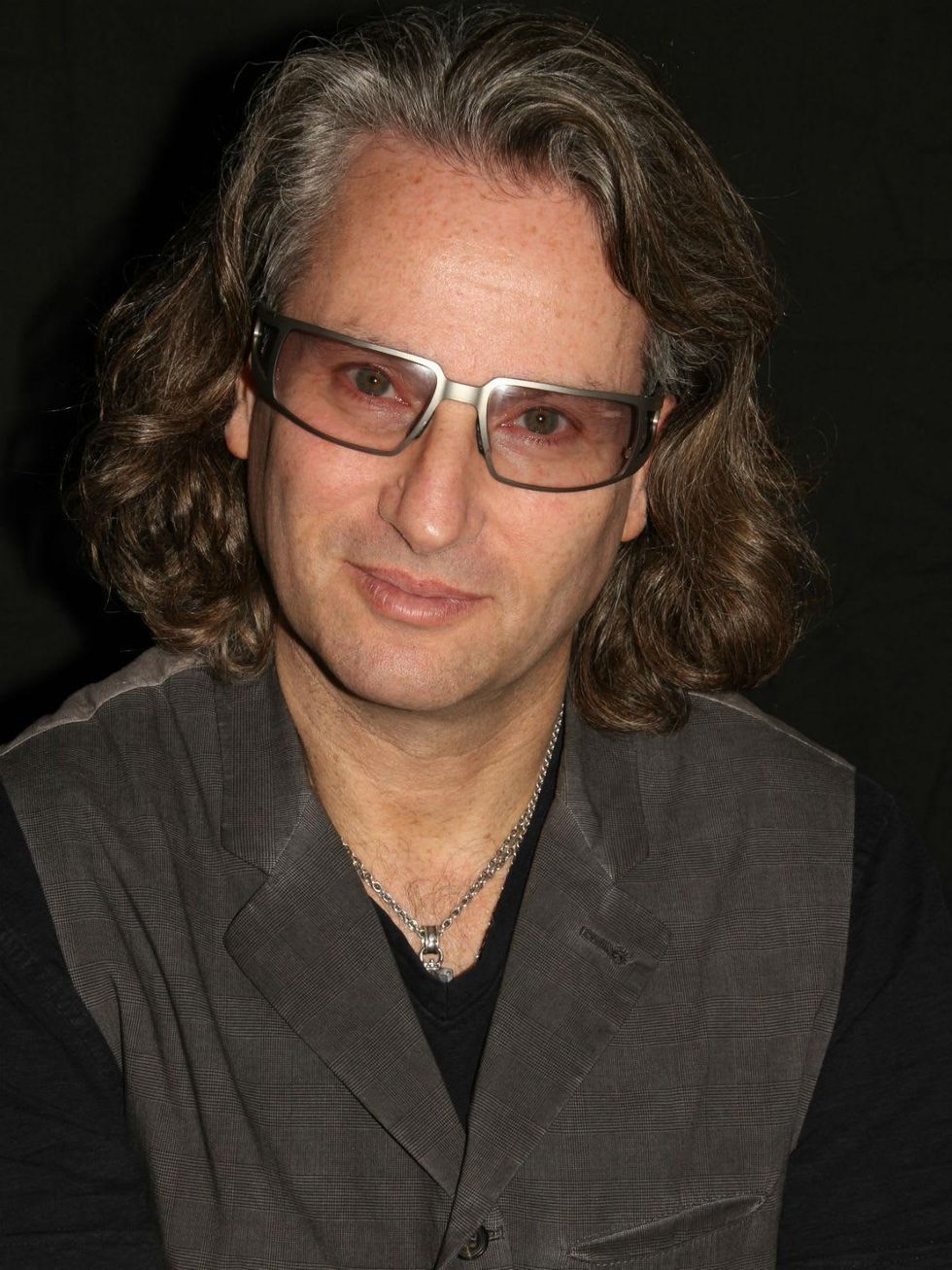Architecture in Motion
Rebel founder explains why Diavolo is the most unforgettable show you'll see in Dallas
The worlds of dancing and architecture collide in a unique way with Diavolo: Architecture in Motion, the company that returns to Dallas City Performance Hall on Friday, March 27. Using specially designed structures, the dancers employ a variety of techniques, including ballet, modern dance, gymnastics, acrobatics, martial arts and hip hop, to create a visual feast for the audience.
The founder of Diavolo, Jacques Heim, sat down with us to talk about the show, his inspirations and what kind of dancers work best for Diavolo.
CultureMap: You describe Diavolo as “architecture in motion” and that each dancer is a choreographer of the show, but what is the process for deciding what architectural pieces you use?
Jacques Heim: I come up with the concepts, a process which can sometimes take one to two years. For Fluid Infinities (the show coming to Dallas), it needed to have a kind of out-of-world, out-of-state form – something very curved that could look like a spaceship or like part of the moon.
CM: What inspired you to start doing this kind of work?
JH: I grew up in Paris. I was a rebel when I was a teenager; I was kicked out of six different schools and couldn’t really focus. I started a street theater group in Paris, performing in the streets, on top of cars and buildings and in the subway. Later on in my life, I realized that my inspiration really started in the streets of Paris, as it connected to architecture and the urban environment.
When I went to college in America, I really fell in love with movement; I thought it was a beautiful, powerful, universal language. Connected with what I did in Paris, I really started to mix movement and architecture. I was interested in the relationship and the interaction between the human body and the architecture environment — how it was affecting us, not only just physically but socially and emotionally.
For the longest time no one really knew how to describe Diavolo. What we were doing was not really dance theater. Yes, we have dance, and yes, we have theater, but really the process is quite different from other companies. That means that I am not a choreographer; I am an architect of motion. I do a lot of research and drawings before I go to the sculptor that I collaborate with. So Diavolo: Architecture in Motion became the name of the company.
CM: With the acrobatics involved in the show, some have compared it to Cirque du Soleil. Because you’ve also choreographed a Cirque show, how similar or different would you consider the shows to be?
JH: There is no comparison between the two. It’s as if you were comparing eating sushi and Italian food; it’s still food, but it’s completely different. Because of the word “acrobatics,” people think “circus,” but they have nothing to do with one another.
The language of Cirque du Soleil is still circus. The movement style of Diavolo is a fusion of movements. You put all that in a blender and it has a fusion of movement vocabulary, but it’s not into the world of circus.
CM: Have you discovered that dancers from certain disciplines are better suited for the show than others?
JH: For the first 10 years of Diavolo, the process was the same: Building the structures, and then asking the dancers to just do some cool stuff. I did not do the same analysis and research that now takes me a minimum of a year to do. We were just discovering things in the rehearsal process, and all I needed were people who could do cool acrobatics.
Now the work has evolved tremendously. I really need dancers who can dance well and have beautiful lines and beautiful technique. If you have a beautiful technique and also used to be a gymnast, that’s fantastic because then you can really understand your body in a different position and be more eclectic in creating movement in the rehearsal process.
If I hire a gymnast with no modern or ballet background, it’s very difficult because then they don’t really understand technique.


